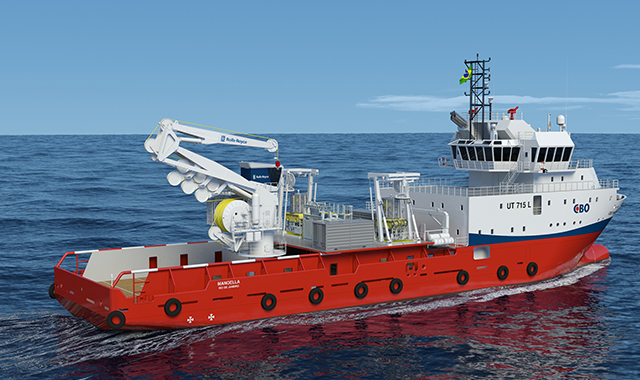
Rolls-Royce has been assigned by the Brazilian ship owning company CBO to equip an existing offshore platform supply vessel (PSV) with a new patented dual draglink (DDC) subsea crane. This will be the first installation of a subsea crane designed to be able to use either fibre or steel wire rope.
The hybrid DDC subsea crane will be installed on the vessel CBO Manoella, which is currently being retrofitted from PSV into a ROV Support Vessel (RSV). The active heave compensated crane is designed for continuous operation in a tough and corrosive offshore environment with focus on efficient and safe load handling.
Marcelo Martins, CBO, Technical Director said: “This is one of two vessels CBO is now retrofitting from PSVs to RSVs, and we are very satisfied about the flexibility of the crane from Rolls-Royce. A hybrid solution, with use of either fibre or wire, makes the vessel better prepared to take on a larger variety of future subsea tasks.”
The crane to be installed on CBO Manoella is a hybrid dual draglink crane with a lifting capacity of up to 50 tonnes and an operating depth of up to 3,000 metres. It will be equipped with wire rope when it embarks on its first subsea assignment off the coast of Brazil. However the possibility of changing to fibre rope provides flexibility in a challenging market. Because of the low weight of the fibre rope, the vessel’s deck load capacity can be increased by approximately 100 tonnes. Another benefit of using a low weight fibre rope instead of steel wire is increased lifting capacity at large depths.
The cable tractions control unit (CTCU) forms the crane winch and is located at the crane’s main boom. This solution saves space compared to a solution where the CTCU unit is mounted below deck, and also makes it a better choice for retrofits. The horizontal elbow derrick movements provide Active Heave Compensation (AHC). This significantly reduces wear and build-up of heat in the lifting line compared to when the AHC is part of the winch.
CBO Manoella has 76.7m overall length, a beam of 17m, and a gross tonnage of 2668 tonnes. It has a Rolls-Royce UT 715 L design and first went into service in 2009. It was then number two in a series of nine UT 715 L-designs ordered by CBO. Today the vessel is part of CBO’s current fleet of in total 27 offshore vessels, of which 14 are UT-designs from Rolls-Royce.
Gary Nutter, Rolls-Royce, Director, Products – Marine said: “We are very happy to be able to continue our close cooperation with CBO by retrofitting one of our previous designs. This project is a great example of how offshore ship owners are adapting to a new reality with the use of new technology.”
The delivery from Rolls-Royce will take place in Q3 this year. It comprises a complete DDC crane system including the CTCU, cabin and control system.
About Rolls-Royce Holdings plc
- Rolls-Royce’s vision is to be the market-leader in high performance power systems where our engineering expertise, global reach and deep industry knowledge deliver outstanding customer relationships and solutions. We operate across five businesses: Civil Aerospace, Defence Aerospace, Marine, Nuclear and Power Systems.
- Rolls-Royce has customers in more than 150 countries, comprising more than 400 airlines and leasing customers, 160 armed forces, 4,000 marine customers including 70 navies, and more than 5,000 power and nuclear customers.
- We have three common themes across all our businesses:
- Investing in and developing engineering excellence
- Driving a manufacturing and supply chain transformation which will embed operational excellence in lean, lower-cost facilities and processes
- Leveraging our installed base, product knowledge and engineering capabilities to provide customers with outstanding service through which we can capture aftermarket value long into the future.
- Annual underlying revenue was £13.8 billion in 2016, around half of which came from the provision of aftermarket services. The firm and announced order book stood at £80 billion at the end of 2016.
- In 2016, Rolls-Royce invested £1.3 billion on research and development. We also support a global network of 31 University Technology Centres, which position Rolls-Royce engineers at the forefront of scientific research.
- Rolls-Royce employs almost 50,000 people in 50 countries. More than 16,500 of these are engineers.
- The Group has a strong commitment to apprentice and graduate recruitment and to further developing employee skills. In 2016 we recruited 274 graduates and 327 apprentices through our worldwide training programmes.



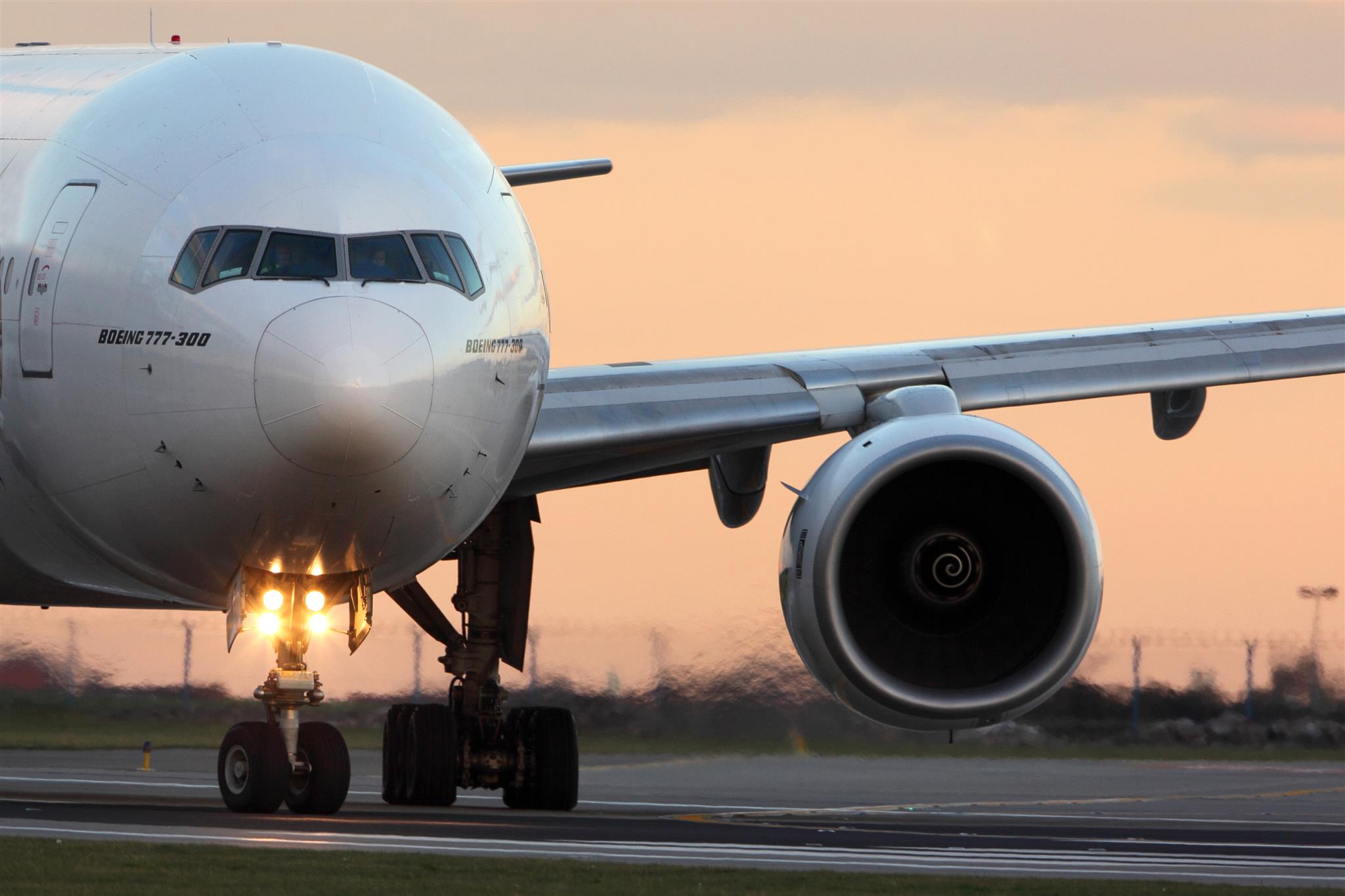
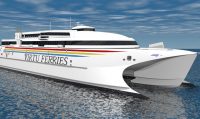
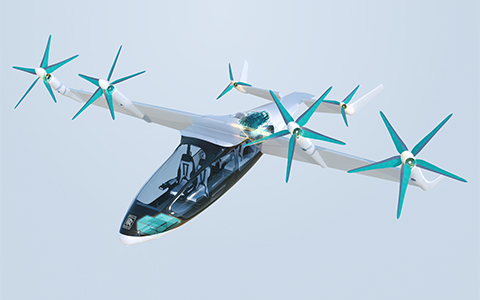
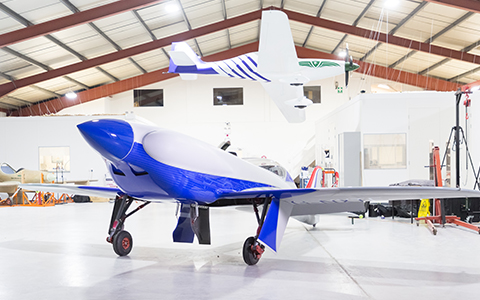
Leave a Reply
You must be logged in to post a comment.